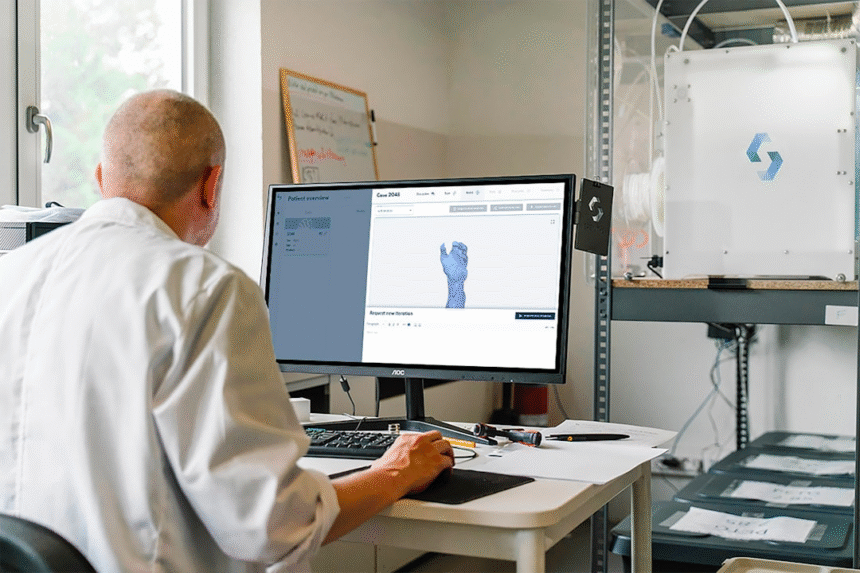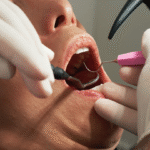Experiencing an orthopedic injury or a medical error can drastically alter your physical and emotional well-being. The sudden interruption of mobility or a betrayal of trust in a healthcare provider can leave lasting impressions. Recovery regaining control, restoring confidence, and rebuilding life routines.
Navigating this type of healing takes patience, accurate information, and a proactive mindset. Knowing what steps to take can empower patients and their families to make better decisions and avoid further setbacks.
Start by Understanding the Full Extent of the Injury
Before any treatment can be fully effective, a detailed diagnosis is necessary. Orthopedic injuries may involve bones, joints, ligaments, muscles, or all of the above. Misdiagnosis or incomplete assessments sometimes happen, especially when emergency treatment is rushed or documentation is sparse.
Patients should request all records, imaging scans, and surgical reports. Ask your provider to walk you through the findings in plain language. If there’s any uncertainty or discomfort with the explanation, a second opinion may be the best next move. Knowing the specific injury type, its cause, and the recommended plan lays the groundwork for informed healing.
This stage is where you regain agency by understanding exactly what your body is dealing with.
Evaluate Treatment Options Carefully
Once the diagnosis is clear, the next step involves choosing the best treatment path. Sometimes this is straightforward, such as wearing a cast or brace. In more complex cases, you may be presented with a variety of options, including physical therapy, minimally invasive procedures, or full surgery.
It’s crucial to consider the short- and long-term implications of each approach. A quicker recovery might come with a higher chance of future complications, while a more conservative path could mean extended time off but lower risk. Ask about timelines, recovery expectations, potential pain levels, and long-term maintenance.
If your injury was compounded by a medical error, treatment might include corrective surgeries or rehabilitation strategies that wouldn’t have been needed otherwise. This makes it even more important to find practitioners with specific experience in post-mistake care.
Don’t Overlook the Role of Mental Recovery
Physical recovery gets most of the attention, but mental and emotional healing play just as large a role in how someone returns to daily life. Being injured in a situation that could have been avoided, like a surgical mistake or a misread scan, can cause significant distress. Feelings of anxiety, anger, or depression are common.
Therapy or support groups can be incredibly helpful in working through those feelings. Counseling is particularly valuable for patients struggling with trust in the medical system. By talking openly with a professional, you can identify patterns that may interfere with healing and begin to reclaim a sense of control.
There’s a growing understanding in the medical community about the psychological effects of treatment errors. And addressing this part of recovery can directly improve physical outcomes by lowering stress and encouraging better adherence to rehabilitation plans.
Get Your Legal Rights in Order
When an injury results from negligence, it’s not just a medical matter, but a legal one. If a healthcare provider failed to meet the standard of care, or if your orthopedic injury was mishandled during treatment, you may have a right to pursue compensation. This can cover pain and suffering, lost wages, ongoing medical expenses, and the cost of additional recovery.
Many people aren’t sure where to start. Speaking with medical malpractice and injury attorneys helps clarify your rights and outlines what evidence is needed. These professionals understand the complex timelines and documentation required in malpractice cases. After reaching out, they can assist in gathering medical records, speaking with expert witnesses, and filing claims that may otherwise be overwhelming to tackle alone.
A conversation with the right legal expert brings clarity and reassurance when you’re faced with questions that don’t yet have answers.
Stick to a Steady, Individualized Rehab Plan
Recovery doesn’t happen at the same pace for every person, even when the injuries appear identical. What works for one patient might stall progress in another. Your rehab plan should include flexibility, regular reassessments, and open communication with your care team.
Whether you’re doing strength-building exercises, learning how to walk again, or working to reduce inflammation, your body will respond uniquely. It’s important to track progress weekly and be honest about pain, fatigue, or setbacks.
Rushing back to activity too soon often leads to reinjury. On the other hand, becoming discouraged and withdrawing from rehab can result in a long-term loss of function. Accountability matters, but so does listening to what your body is saying. Success lies in keeping momentum, even when it’s slow.
Rebuild Routines in Small Steps
After an orthopedic injury, everyday routines can feel far away or even impossible. Tasks like cooking, commuting, or caring for children may need modification. Start by identifying areas where assistance is needed, then work toward regaining independence in increments.
Rebuilding doesn’t have to mean returning to life exactly as it was. Some people discover a better balance by reassessing what matters most and adjusting their schedules or priorities accordingly. You might need new tools, such as mobility aids, or a revised approach to physical activity.
Healing from an orthopedic injury, especially one tied to medical mistakes, is a journey that goes beyond physical treatment. It involves understanding your diagnosis, navigating complex emotions, and sometimes fighting for justice through legal avenues. The combination of care, clarity, and patience shapes how fully you recover. When you approach each stage with attention and purpose, you’re not just regaining strength. You’re building a foundation for a better, more informed future.














